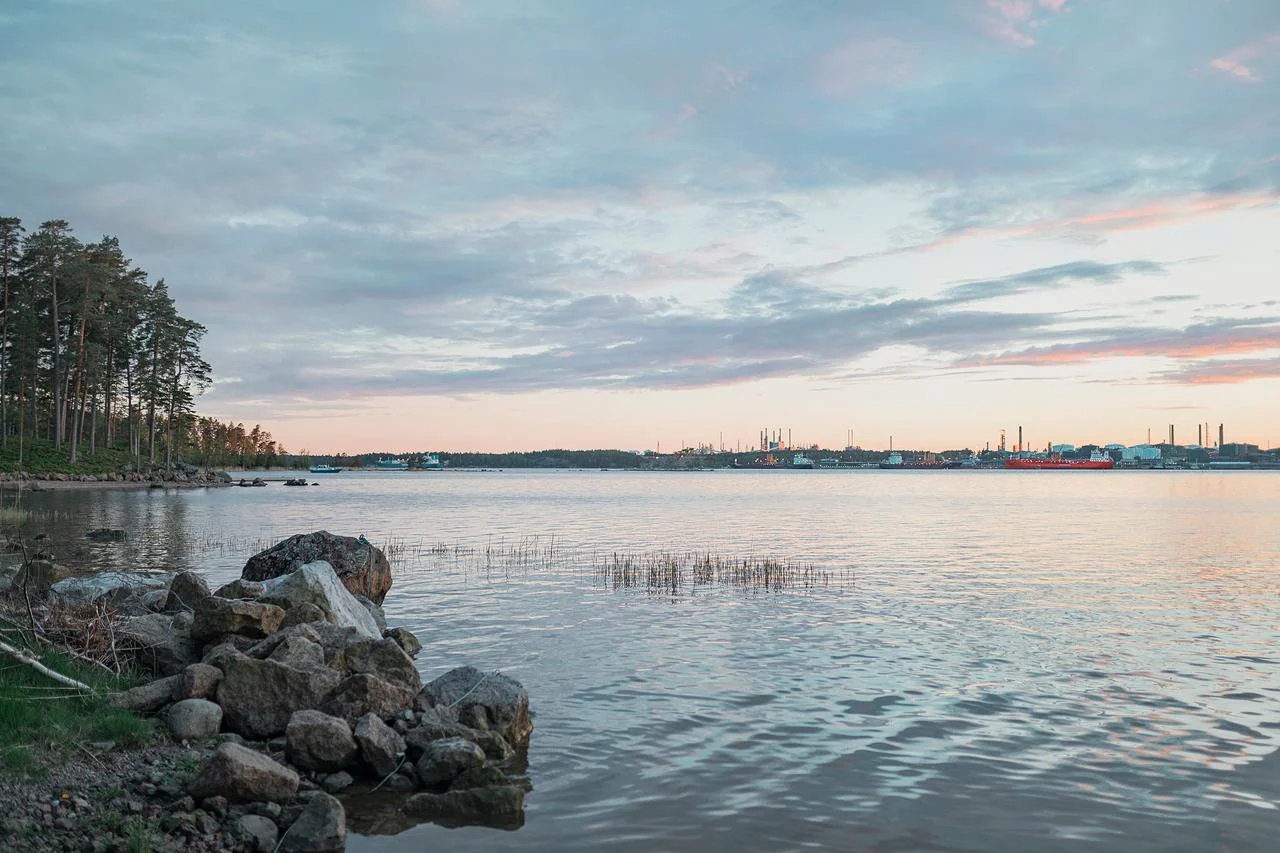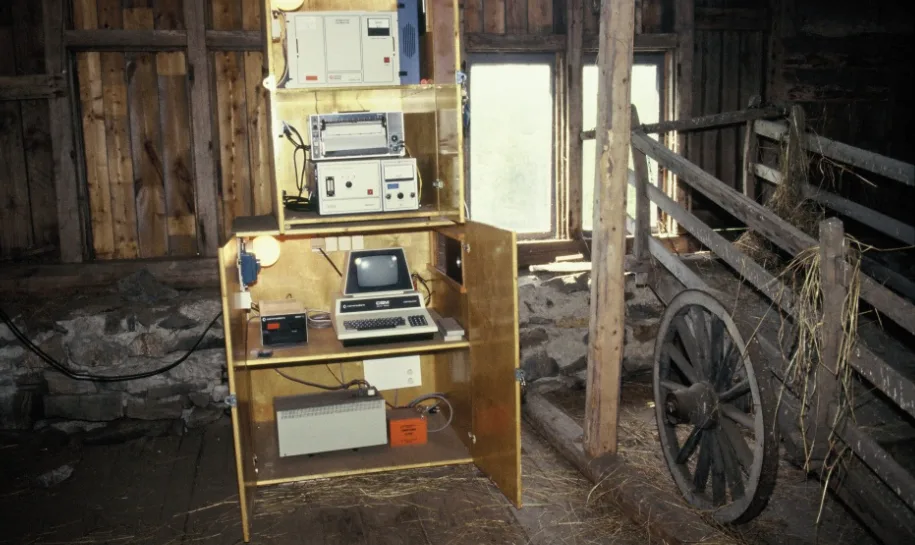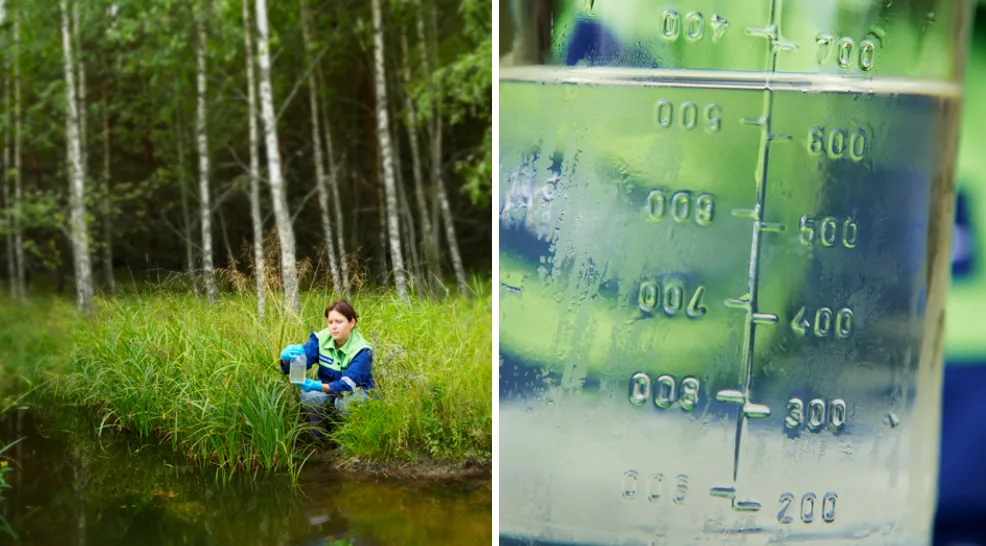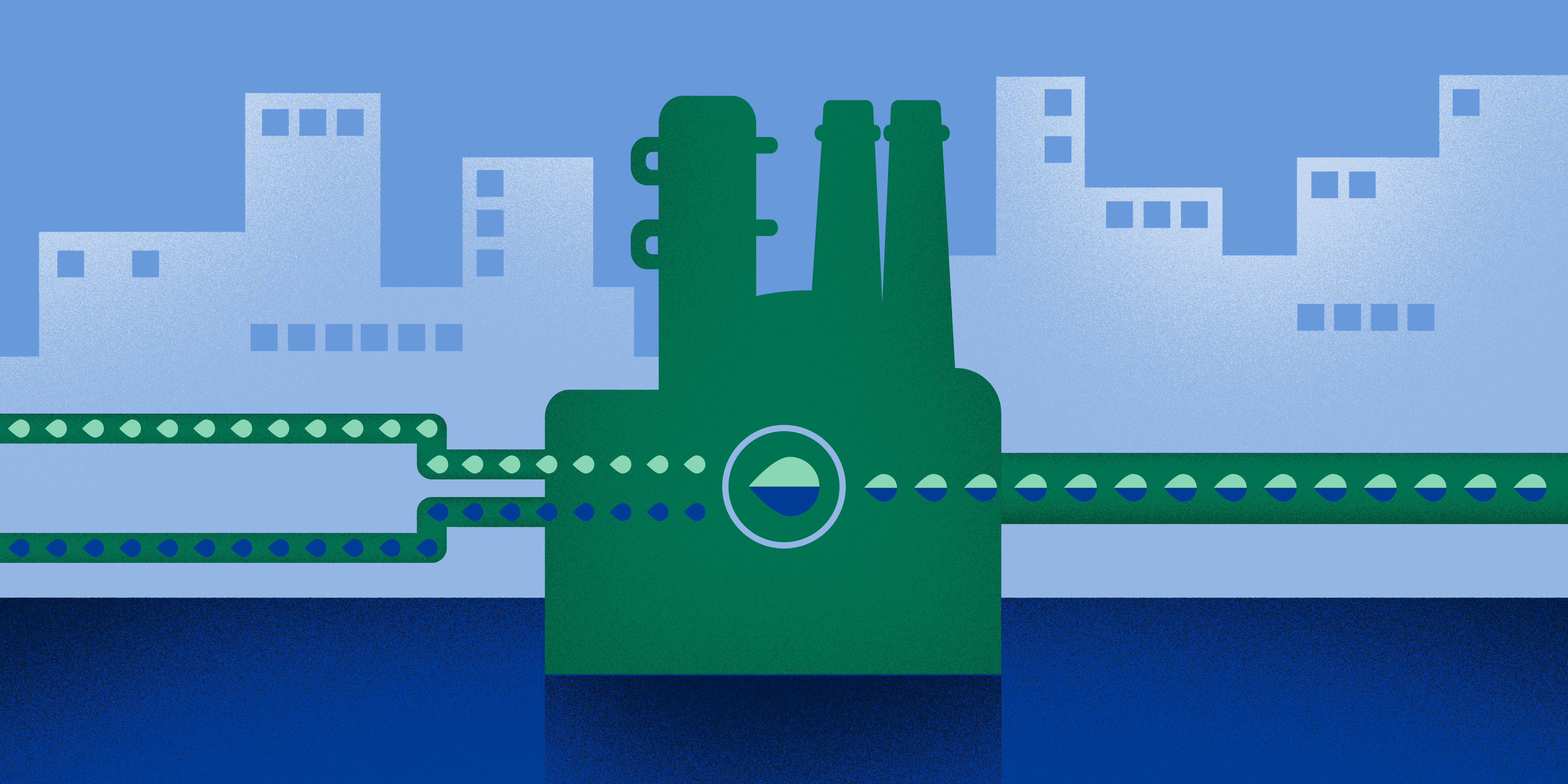
Sustainability
3 minute read
Decades of environmental monitoring in Finland
Sustainability has been a part of Neste’s operations and strategy already for decades. At the Porvoo refinery in the southern part of Finland, environmental indicators have been monitored from the start when the refinery was built some 60 years ago.
Already before the refinery began operating, the very first environmental studies, which were water quality studies where the state of zoobenthos and water quality in the sea area was mapped, were conducted. When operations started in 1965, sustainability meant focusing on local emissions including seawater and air pollution. Today, the monitoring is carried out on a much broader scale, also area wise, and includes surface and groundwater, noise, odors, biodiversity and the condition of the soil.
Neste has been ahead of its time
Neste’s was the first company to establish its own corporate environmental department in Finland – and probably among the first of its kind also globally. We are still pioneers in developing more sustainable solutions and operations and operations, in reporting on environmental impacts and in implementing responsible actions into the core of our business.
Investments in technologies have helped us to significantly reduce emissions and given us competitive advantage by enabling the production of more sustainable products. Emissions to the air have significantly reduced since the 1980’s; sulfur dioxide emissions (SO2) over 90% and nitrogen oxides emissions (NOx) are 50% lower.
Air quality in the refinery area has been significantly improved
As emissions to the air have been reduced, there has been a positive impact on the bioindicators that represent the most susceptible organisms to air pollution, in the surrounding area. Latest results show that the needle nutrient levels are at the same level as in non impacted natural forests. For example, the land surface area of impacted boreal forest lichens has shrunk from a diameter of 10 kilometers to less than three. Also the oil hydrocarbon discharges (after wastewater treatment) to surface waters have also been reduced to very low levels.
There are air quality monitoring stations right at the refinery as well as further away to see the impacts on the nearby residential areas. Also dozens of groundwater monitoring wells and noise measurement locations encircle the Porvoo refinery. Neste’s environmental department reads the data and “translates” it into practical actions needed in the refinery operations and in the future changes such as Porvoo transformation activities.

Equipment for environmental monitoring in an old barn house. This is an air quality measuring station operated by Neste in an island called Löparö in 1985.
The society benefits from our responsible actions
Neste submits the sea water and air quality monitoring data to the official open source databases and reports to the authorities, as well as work closely with our other key stakeholders (such as research institutes and municipalities).
During 2022-2023, we have conducted biodiversity inventories at our Porvoo refinery and Naantali terminal areas in Finland, where we piloted practical methods for measuring biodiversity. The aim was to better understand the natural values of these habitats.
At the end of 2023, we initiated a preliminary study to evaluate opportunities for ecological compensation at areas close to our Porvoo refinery. One action was to examine the possibility for ecological restoration of a creek in the near proximity of the refinery to make it a better waterway for natural fish spawning areas.

Neste’s environmental department conducting surface water sampling from a natural creek in the near proximity of the Porvoo refinery.




